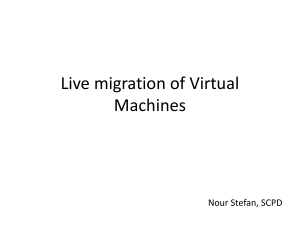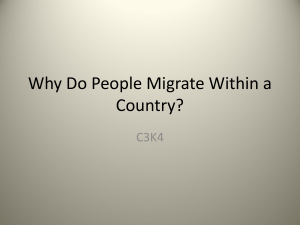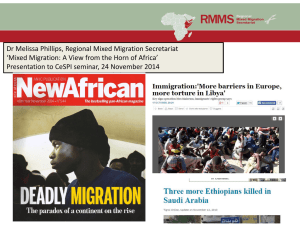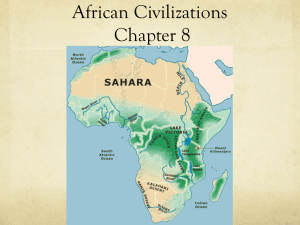ppt
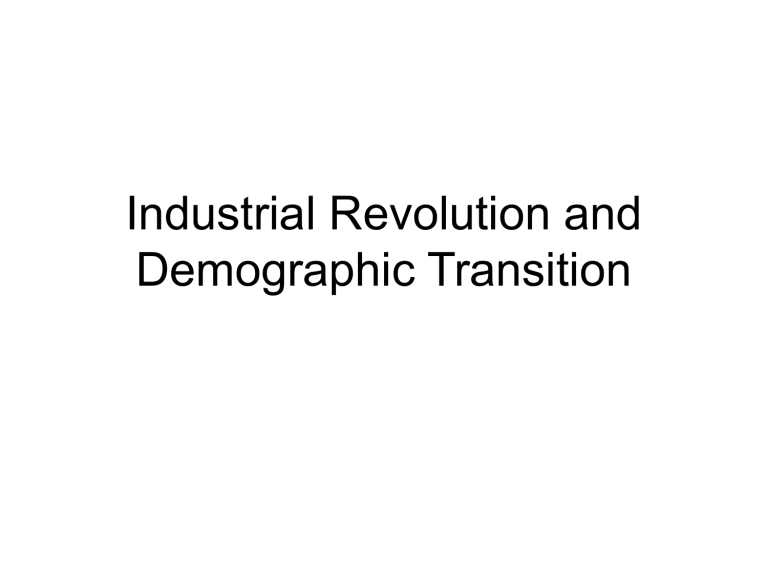
Industrial Revolution and
Demographic Transition
• Current world population (2006) – 6.3 billion
Fig. 3.2: Population dot density map shows clusters of population.
• Current world population (2006) – 6.3 billion
Fig. 3.2: Cartogram of the world’s population shows the area of each country in proportion to its population.
Population Distribution
Fig. 3.4:
China
Fig. 3.5:
United States
Factors Influencing Population Distribution
• Physical environment
• Economic and political organization
– Labor markets, job opportunities, infrastructure
• Demographic components
– Fertility, mortality, migration
• Social disasters
• Policies
– Taxation, zoning, planning, laws (USSR)
• Historical circumstances
• Colonialism in the developing world
QuickTime™ and a
decompressor are needed to see this picture.
QuickTime™ and a
decompressor are needed to see this picture.
QuickTime™ and a
decompressor are needed to see this picture.
QuickTime™ and a
decompressor are needed to see this picture.
QuickTime™ and a
decompressor are needed to see this picture.
QuickTime™ and a
decompressor are needed to see this picture.
Migration
• Migration: movement involving a permanent change of residence.
• Causes of migration
– Push factors: bad things where people start (no jobs, low wages, poverty, no land, famine, war)
– Pull factor: good things where people go to
(good job, educational opportunities, land, city life, freedom)
– Some migration is involuntary (slavery, for example)
Economics of migration – as wages reach equilibrium in the two places, migration will end. This equilibrium has not yet occurred.
Fig. 3.35: Undocumented (illegal) migration from Mexico to U.S.
• Barriers to migration
• Characteristics of migrants
• Consequences of migration
• Patterns of migration
– Intercontinental migration
– Inter-regional migration
– Rural-urban migration
Fig. 3.36: Immigration to the U.S. by region of origin
• Fig. 3.37
Fig. 3.40: Intercontinental migration flows are dominated by people leaving the developing world in search of opportunities in the developed world.
Fig.3.38: Net international migration rates around the world.
Fig.3.39: Migration to the U.S.
Fig. 3.40: Migration to Europe
• Modeling Migration
– The Gravity Model (in geography)
• Based on Newton’s law of gravitation
• Helps to explain flows between two cities, “i” and “j”
• The flow or Interaction (Ij) is equal to the mass or Population (Pi) of the first city, times the mass or Population (Pj) of the second city, divided by the distance between the two, raised to a power given by I ij = P i * Pj divided by D ij squared
• Basic principles:
– Larger places have greater drawing power for flows of commodities, people, and information than smaller places
– Places that are more distant have a weaker attraction for one another than closer places
– It’s a description, not a causal explanation






